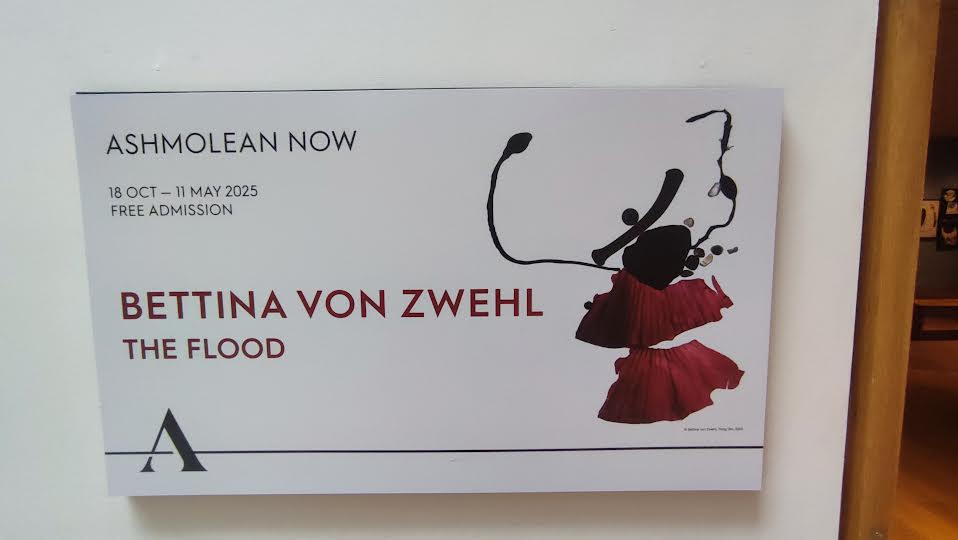Our Town Hall: Portraits of a Workforce - Manchester Central Library - Review
★ ★ ☆ ☆ ☆
I’ve recently started yet another in a long string of barista jobs. This one, located in central Manchester, makes it easy for me to pop in and visit an exhibition after a shift. So, taking the opportunity to escape out of the cold, I thought I’d give the Central Library a bit of an explore.
 |
Now, I’ve been here before, mostly as a warm space to get
some work done but hadn’t yet ventured much further than the café. So, noticing
a sign for an exhibition hall upstairs, I ascended the steps and to find ‘Portraits
of a Workforce’.
 |
The exhibition space takes up around an eighth of the circumference
of the Central Library. A grand, sweeping corridor which takes you from the
central staircase through the Henry Watson Music Library, circling the Wolfson reading
room. From the stairs in the Shakespeare Hall, take a left, and it the exhibition
is right in front of you. Grand names for grand architecture.
 |
Composed of several spoke-like walls, the exhibition space
is split into library esque corridors. On these walls hang the work of Barrie
Leach, the Town Hall Photographer. He captures the people working on the restoration
of the Town Hall. Catalogues it.
Introductory text gives an admirable rationale: there is “not
one image known to exist of the thousands of labourers and artisans who built Manchester
Town Hall between 1868 and 1877”. These photographs seek to avoid repeating
this omission.
 |
Each of the spokes are organised by locations within the
Town Hall, such as the courtyard, or by specific facets of the restoration process,
such as collections. They each around a dozen photographs of various sizes. A
mix of black and white, and colour. Some are staged portraits, other candid
shots of labour.
 |
The photographs – particularly the portraits – are accompanied
by quotes from the people pictured. Labels inform us of the person’s name,
their role in the project, and their thoughts about the work. It is all, as
expected, very optimistic and proud. Not everyone depicted is given this
textual voice, but a good proportion of them are.
 |
Interestingly, the text accompanying the different sections
seems to be beholden to the grandeur and the spectacle of the project. I say this
since the original architect, A. Waterhouse, is mentioned – praised – multiple times.
The exhibition is unsure of whether it is a history lesson on the Town Hall, or
a social study of the current work force. The images retain this focus on the
workers, yet the text veers off – diluting the focus and objective of the exhibition.
Of further interest, I can’t quite pinpoint why, but the
label text appeared doctored. The original voice of each individual person
seemed to have been lost. Everyone sounded the same. Take this passage, for
instance: “I love my trade and acquiring the relevant qualifications, knowledge
and experience”.
 |
It doesn’t sound like a naturalistic voice – either verbal
or written. I don’t doubt that it captures the essence of the quote provided by
the subject of the photography. Only, it seems smoothed, any kind of
individuality scrubbed out. Every quote feels fine tuned for a job interview –
not an accurate portrayal of the work.
Now, this thought has made me suspicious of the exhibition as
a whole. A bunch of smiling faces, perfectly worded labels – it felt like a
glamourisation of the project. Now, of course, it might be true. It is a
rewarding and joyful project to work on. Yet displaying such shining reviews of
the project within another council building, one door over, felt - perhaps – unsettling.
 |
However, to counter this, the exhibition is completely
unremarkable and avoidable. The spoke-like structure made the entire exhibition
self-selecting. The photographs are not viewable from the normal through-route
of the first floor. The exhibition is tucked away. It is not fully hidden, but
its contents are missable. If this was the insidious spin that part of me
believes it to be, then surely it would be in a more prominent place? No, more
prominent are a series of cluttered cabinets painting a picture of Manchester’s
place in the rebirth of English Folk Music – next to which a couple of elderly
gentlemen were spinning yarns in their distinctly Mancunian accents. Perhaps
the subject for another review.
My misgivings aside, the photography is good, the rationale
admirable, and the space warm and inviting. If you are around St. Peter’s
Square, you might as well pop in.
Our Town Hall: Portraits of a Workforce is on display in
Manchester Central Library until June 2025.
★ ★ ☆ ☆ ☆



Comments
Post a Comment